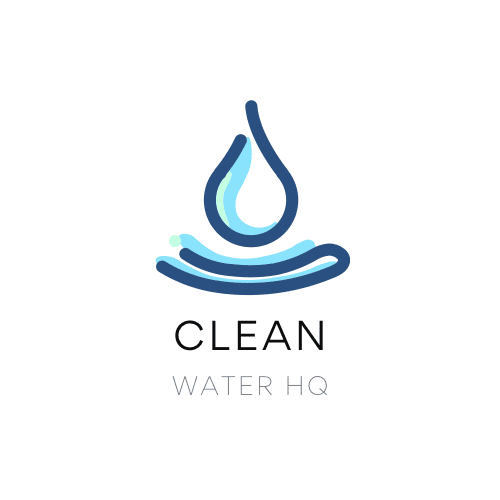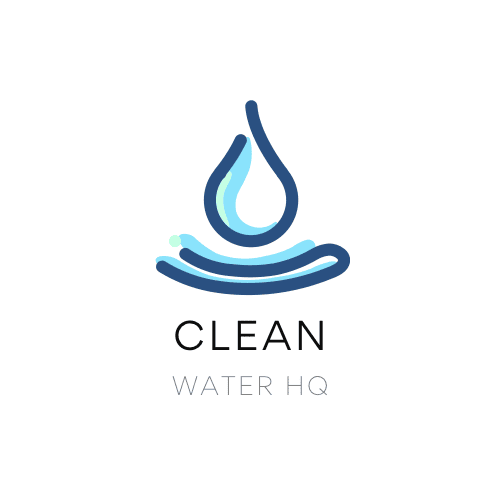Spend enough time researching and comparing water filters, and you’ll come across the oft-advertised micron. But what exactly is a micron, and what does it mean for your water filter?
We’ve collected a selection of the most frequently asked questions about water filter micron size. We’ll translate the answers into plain English to help make you better informed about your next water filter purchase.
What is a micron filter?
A micron filter, then, is any type of filter that can remove contaminants down to a certain micron size. They’re useful in removing common materials like dirt and debris. But they really shine in their ability to remove things other filter media might miss, like bacteria and cysts.
How big is a micron?

Micron is the common name for a unit of measure also known as the micrometer (μm). It’s equivalent to 1 one-millionth of a meter, making a single micron invisible to the naked eye.
To put that in perspective, human hairs measure on average 20 to 200 μm. The micron is also used to measure bacteria, which range from 1 to 10 μm. Take note of this, as it will be important later.
Impact on Water Pressure
There’s an inverse relationship between how fine a micron filter is, and how much it might affect your water pressure.
Think of it this way: If you try to pour a glass of water through a funnel with a tiny opening, it will take quite a while. But if you increase the size of the funnel’s opening, it pours faster.
The same is true of micron size for filters. The smaller the micron size, the longer it takes for water to pass through it. So while smaller micron filters will remove more contaminants, they are also more likely to decrease your flow rate and water pressure.
So ideally, you’ll get a micron filter that is appropriate to the contaminants in your water. If your water is relatively clean and pure, a micron filter may not even be necessary. But if your water is heavily compromised, the smaller the micron filter the better (at least 5 microns, though 1 or .5 microns is better).
Nominal vs. Absolute Micron Rating
You’ll find two types of micron ratings: Absolute and nominal.
Nominal micron ratings show the approximate size of particles that the filter can remove.
Absolute micron ratings guarantee that the filter will remove 99.9% of the particles that are larger than the given micron size.
So nominal ratings are approximate, and absolute ratings are guaranteed. In effect, absolute ratings are more reliable.
Popular Micron Ratings
Water filters come in a wide range of micron ratings. The smallest micron filters will be found at .5 microns. From there, you’ll also find filters with 1 and 5-micron ratings. After this, the numbers start to jump more quickly to 10, 25, 50, 75, and 100 microns.
How Many Microns Do You Need?

With all of the above questions in mind, how can you find the best micron filter for your needs? You’ll need to start with a Consumer Confidence Report. It’s a readout of your water quality that’s specific from location to location. The EPA provides a tool for finding and requesting your CCR at this link.
Once you know what contaminants are in your water, you can compare their micron size to this chart. Then it’s as easy as identifying the smallest micron contaminant and getting a filter that has a micron rating equal to or lower than that.
Frequently Asked Questions
What is micron rating?
The micron rating for a given filter represents how fine its filter media is. This relates directly to the micron size discussed above. It matters because the micron size will determine what the filter removes from your water, and what it lets stay in.
Are there any disadvantages to using a micron filter?
Smaller micron filters may reduce your water pressure. That’s because the water has to pass through smaller areas, reducing its speed and flow rate. Additionally, the smaller end of micron filters can be prone to clogging from larger particles. In short, there’s no one size fits all solution to micron water filters.


